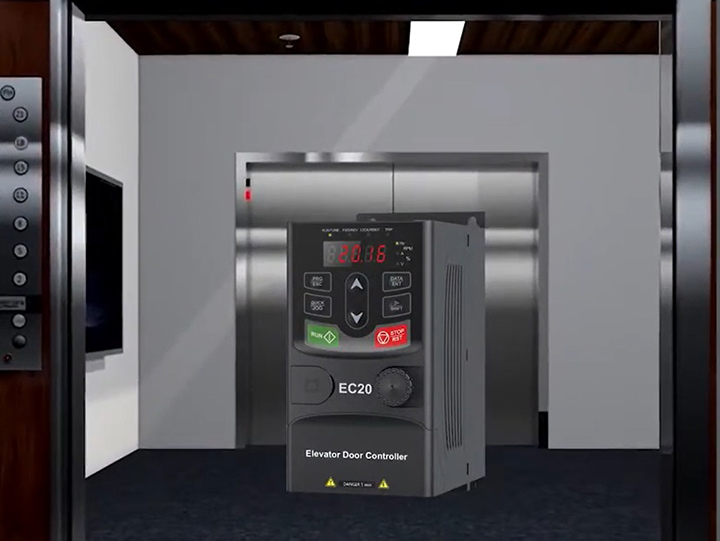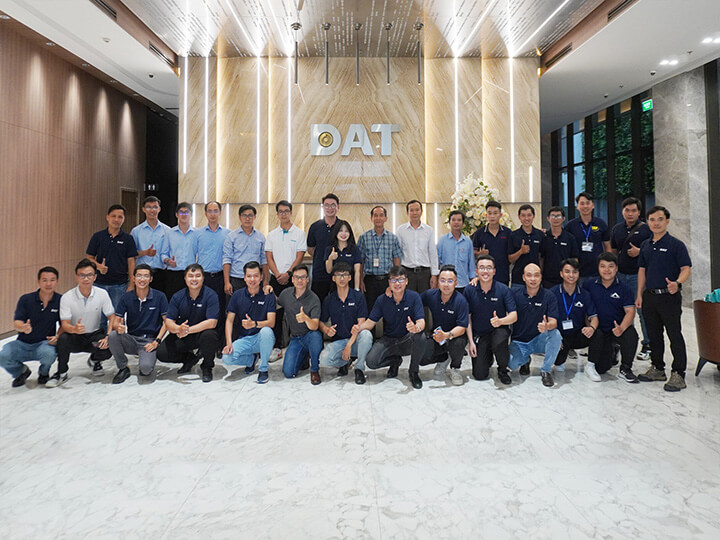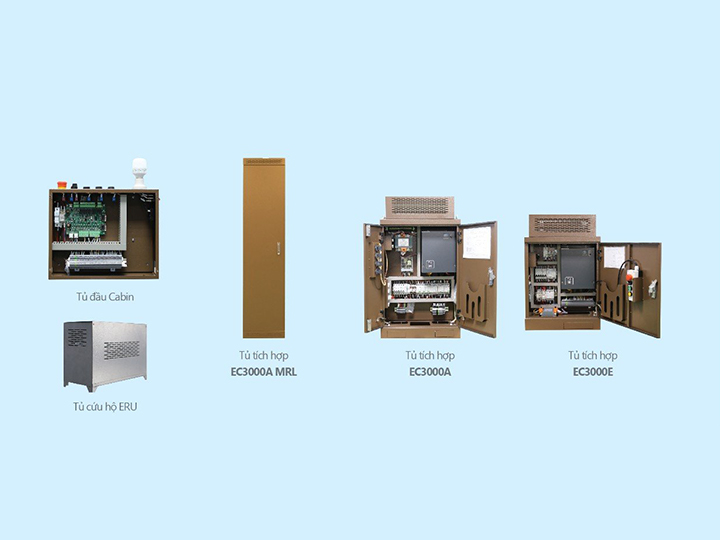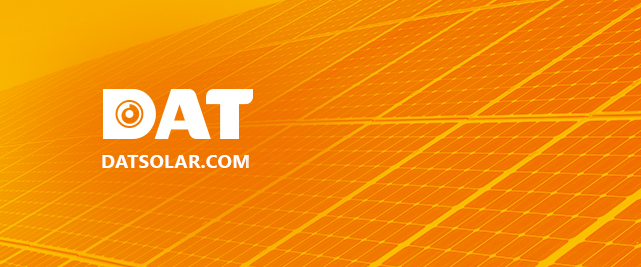Energy-saving solutions in manufacturing and towards a ‘green’ industry
Analysis of the energy usage situation in Vietnam reveals that the industrial sector accounts for over 47% of the total national energy consumption, with potential savings of up to 30-40%. Therefore, prioritizing the use of clean, green, efficient, and energy-saving energy sources is paramount in developing a sustainable industrial sector in Vietnam.
Energy Savings – Towards a “Green” Industrial Production:
Faced with pressing concerns about energy and energy security since 2016, the Vietnamese government has introduced criteria for evaluating “green businesses” with stringent requirements regarding efficient energy use and the application of green energy in production to optimize electricity usage and reduce CO2 emissions.
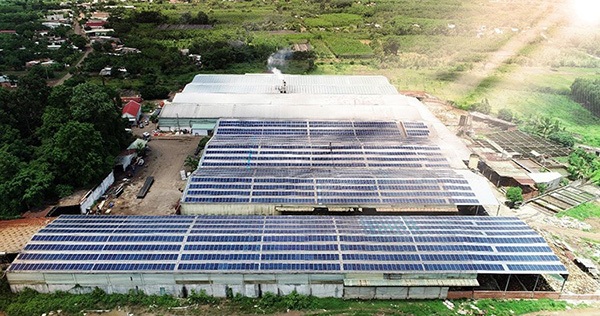
Efforts to improve energy efficiency and reduce CO2 emissions have led many factories to assess energy usage and enhance the utilization of green energy sources by implementing measures to reduce overall energy consumption. This is particularly evident in common industrial energy systems such as compressed air systems, boiler systems, electric motors, HVAC systems, pumps, and fans, or investing in rooftop solar power.
Effective Energy Saving Solutions in Industrial Production
Technical potential for energy savings in industrial production in Vietnam ranges from 20 – 30%, with some areas reaching up to 40%. The core of efficient energy use lies in the combination of three methods:
- Monitoring and optimizing existing systems to save energy and reduce waste.
- Changing habits and raising awareness of energy conservation among employees.
- Implementing modern technologies, replacing outdated equipment with energy-efficient alternatives, and utilizing new energy sources.
1. Monitoring and Optimizing Existing Systems:
Energy consumption for production = Useful energy for system operation + Wasteful energy and unnecessary energy.
Energy saving involves reducing unnecessary energy consumption during the production process. To achieve this, businesses need to establish effective monitoring and auditing systems for specific electrical consumption metrics in each department, intervening promptly when abnormal energy consumption is detected, and identifying the root causes. Specific solutions may include:
- Controlling high-energy-consuming areas and systems such as air compressors, crushers, boilers, HVAC, large-capacity engines, and optimizing production schedules to minimize the use of high-power-consuming equipment during peak hours.
- Upgrading to appropriately sized engines.
- Avoiding idle operation of electrical equipment and lighting, especially during breaks between shifts.
- Minimizing outdoor lighting in industrial parks and internal roads during non-operating hours.
- Utilizing excess heat sources for efficient energy reuse.
In addition to the above solutions, factories need to prioritize preparing backup power sources to meet production demands during power shortages.
2. Changing Habits and Raising Awareness:
Wasteful electricity usage habits are the core issue hindering the effective implementation of energy-saving measures. Many businesses have established oversight committees to guide, encourage, monitor, and continuously communicate energy-saving awareness to employees. Some factories organize competitions and reward individuals or teams for the most efficient and effective energy usage while implementing specific penalties for violations. This has significantly helped factories control and reduce waste.
3. Applying Modern Technologies and Enhancing the Use of “Green” Energy:
To achieve sustainable and long-term energy savings, besides reducing waste and raising energy awareness, factories need to integrate automated production processes and employ modern technologies and equipment to optimize energy usage and reduce CO2 emissions. Some exemplary technologies proven to save electricity include:
- Replacing outdated, high-energy-consuming equipment with modern, energy-efficient alternatives and employing automation technology in production.
Replacing conventional motors with servo MH800 can save up to 80% of electricity for plastic molding machines.
- Installing high-efficiency electrical and mechanical equipment, including motors, lighting, pumps, thermal equipment, and ventilation systems, contributes to energy savings.
- Using renewable energy to save electricity or fuel in industrial enterprises (solar energy, wind energy, cogeneration systems, solar water heating systems, etc.).
- Applying variable frequency drive (VFD) control to engines in factories according to actual requirements, which has been proven to effectively save electricity in various applications such as air compressors, furnace fans, crushers, pumps, etc. Additionally, besides saving electricity, VFD usage also provides soft starts for engines, protects engines, prevents pressure drops, and reduces mechanical system damage.

- Applying technologies for monitoring, analysis, tracking, and alerting of energy leaks or wastage helps factories easily manage electricity usage.
In summary, achieving energy savings is a long-term challenge requiring factories and businesses to have a long-term vision and implement coherent and flexible solutions suitable for their business models. Investing in “green factories” is not only a strategic activity bringing many benefits to businesses but also enhances responsibility and maintains the corporate image within the community.
For many years, DAT has researched and successfully applied breakthrough solutions in automation to save energy for thousands of businesses nationwide. Notable examples include using servo systems to save up to 80% electricity for hydraulic plastic molding machines and employing INVT variable frequency drives to save 40% electricity for Hoa Phat Steel Company.
DAT is also a pioneer in the solar energy sector, providing comprehensive solutions from design, installation, operation, to warranty and maintenance, aiming to optimize efficiency and increase effectiveness for thousands of businesses nationwide. We have earned the trust of customers in various fields such as the Electricity High Voltage Grid Company of Ho Chi Minh City, Can Tho Power Company, Phuong Hau Rubber Company, Solagron Company, Yteco Enterprises, etc.

DAT Technology Co., Ltd. (DAT) proudly stands as a leading provider of products, solutions, and services in the Vietnamese market for variable frequency drives, automation, elevator control, and solar energy.
- With over 14 years of experience in developing automation solutions, DAT has sold 500,000 products to over 7,000 customers nationwide.
- With a team of over 350 talented and experienced engineers
- DAT ensures prompt delivery and cost-saving technical support through a large inventory of variable frequency drives up to 1000kW and a nationwide technical service network available 24/7.
- The flexible process of “Replace first, formalities later”.
- DAT is a comprehensive strategic partner with the technology conglomerate INVT, collaborating from research and testing to product and solution introduction to the market.
- By deeply understanding and mastering technology, DAT optimizes processes, solutions, and services.
- DAT provides technical training programs, technology understanding, and machinery upgrade consultancy for customers.
For more detailed information, please visit www.dattech.com.vn and call the toll-free HOTLINE 1800 6567



